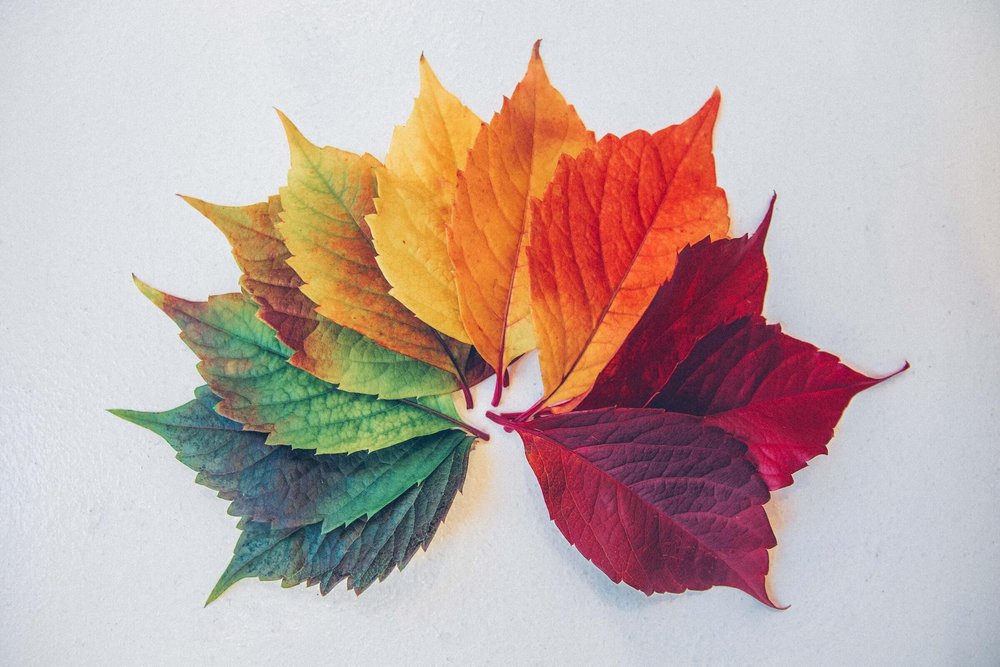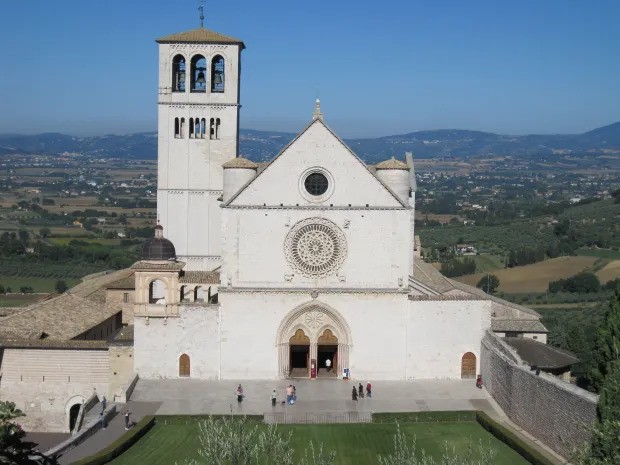Click here to view in a new window.
Art
Visual Lectionary Advent 1, Dec. 1, 2024
Click here to view in a new window.
Arts and Faith- Advent 1, relating art and scripture
Wassily Kandinsky’s The Last Judgment invites us into the Advent season with an emotional tour de force expressed in color, line, and form. An example of abstract art, The Last Judgment is not narrative or descriptive, but rather expressive. It shows emotion and force and invites the viewer to experience them visually.
The Last Judgement is a composition of bright primary colors, opaque black shapes, and heavy black lines. The lines overlap the colors rather than contain them. Throughout the image, the black lines and the flow of primary colors produce a composition of contrasts.
Although abstract art is generally non-representational, Kandinsky does offer a bridge into his work to help the viewer frame the experience with a narrative clue. On the right center of the image, we see a blue angelic form holding a yellow trumpet. This is an iconic image of the Last Judgment, or the end of days that we hear about in Luke’s Gospel. The angel is a unique element of the painting in which color, form and line converge in a traditional way. The black lines form the boundaries around the colors to give us the silhouette of the angel and the trumpet. An interesting detail about the angel is his wings. One is made of blue color, while the other is entirely made of black lines. Everywhere else in the image, line and color separate, overlap, or even clash. With dual wings, the angel unites within himself the two separate elements of the composition. Recalling Luke chapter 21, we are in a scene that is frightening but redemptive, tumultuous but glorious. We are invited to feel the tension that animates us toward hope.
The Last Judgment is meant to evoke feeling and emotion. The colors of the image, particularly near the center, resemble watercolor and have an ethereal, transcendent, and uplifting quality. The upward flow of the two forms left of center, red and blue as they reach into the bright white center of the image, represent this theme. By contrast, the two solid black shapes near the center have a harshness and heaviness that weighs down and overwhelms the viewer. The overlap of light transcendence and dark heaviness throughout the rest of the image is a visual expression of Luke’s passage and also demonstrates the complexity of the spiritual life.
As Luke reminds us, we are called to prayer and vigilance. We are called to resist that which weighs us down, and make way instead for that which elevates us to stand before the Son of Man.
Visual Lectionary Vanderbilt, Reign of Christ, Nov. 24, 2024
Click here to view in a new window.
“For Calling the Spirit Back from Wandering the Earth in Its Human Feet”, by Joy Harjo

Put down that bag of potato chips, that white bread, that bottle of pop.
Turn off that cellphone, computer, and remote control.
Open the door, then close it behind you.
Take a breath offered by friendly winds. They travel the earth gathering essences of plants to clean.
Give it back with gratitude.
If you sing it will give your spirit lift to fly to the stars’ ears and back.
Acknowledge this earth who has cared for you since you were a dream planting itself precisely within your parents’ desire.
Let your moccasin feet take you to the encampment of the guardians who have known you before time, who will be there after time. They sit before the fire that has been there without time.
Let the earth stabilize your postcolonial insecure jitters.
Be respectful of the small insects, birds and animal people who accompany you.
Ask their forgiveness for the harm we humans have brought down upon them.
Don’t worry. The heart knows the way though there may be high-rises, interstates, checkpoints, armed soldiers, massacres, wars, and those who will despise you because they despise themselves.
The journey might take you a few hours, a day, a year, a few years, a hundred, a thousand or even more.
Watch your mind. Without training it might run away and leave your heart for the immense human feast set by the thieves of time.
Do not hold regrets.
When you find your way to the circle, to the fire kept burning by the keepers of your soul, you will be welcomed.
You must clean yourself with cedar, sage, or other healing plant.
Cut the ties you have to failure and shame.
Let go the pain you are holding in your mind, your shoulders, your heart, all the way to your feet.
Let go the pain of your ancestors to make way for those who are heading in our direction.
Ask for forgiveness.
Call upon the help of those who love you. These helpers take many forms: animal, element, bird, angel, saint, stone, or ancestor.
Call your spirit back. It may be caught in corners and creases of shame, judgment, and human abuse.
You must call in a way that your spirit will want to return.
Speak to it as you would to a beloved child.
Welcome your spirit back from its wandering. It may return in pieces, in tatters. Gather them together. They will be happy to be found after being lost for so long.
Your spirit will need to sleep awhile after it is bathed and given clean clothes.
Now you can have a party. Invite everyone you know who loves and supports you. Keep room for those who have no place else to go.
Make a giveaway, and remember, keep the speeches short.
Then, you must do this: help the next person find their way through the dark.
Visual Lectionary Vanderbilt, 23rd Sunday after Pentecost, Oct. 27, 2024
Click here to view in a new window.
Visual Lectionary Pentecost 22, Oct. 20, 2024
Click here to view in a new window.
Visual Lectionary Vanderbilt, Second Sunday after Christmas, Jan 5, 2025
Click here to view in a new window.
How the artist Giotto brought the life of St. Francis to the People
 The Upper Basilica of St. Francis in Assisi.
The Upper Basilica of St. Francis in Assisi.
“St. Francis’ affinity for the environment influenced the artist Giotto (ca. 1270–1337), who revolutionized art history by painting figures which were three dimensional and including natural elements in his religious works. By taking sacred images away from Heaven and placing them in an earthly landscape, he separated them definitively from their abstract, unapproachable representation in Byzantine art.
“Giotto’s works are distinctive because they portray daily life as blessed, thus demonstrating that the difference between the sacred and profane is minimal. Disseminating the new ideas of St. Francis visually was very effective, as the general populace was illiterate. Seeing frescoes reflecting their everyday lives in landscapes that were familiar changed their way of thinking. The trees, plants, animals and rocky landscapes were suddenly perceived as gifts from the Creator to be used, enjoyed and respected. Furthermore, Giotto recognized that the variety of dramatic landscapes would provide spectacular visual interest in the works.”
From St. Francis and Giotto: The Saint and the Artist Started the Ecological Movement
Visual Lectionary Vanderbilt, 20th Sunday after Pentecost, Oct. 6, 2024
Click here to view in a new window.
Visual Lectionary Vanderbilt, 19th Sunday after Pentecost, Sept. 29, 2024
Click here to view in a new window.
Visual Lectionary Vanderbilt, 18th Sunday after Pentecost, Sept. 22, 2024
Click here to view in a new window.
